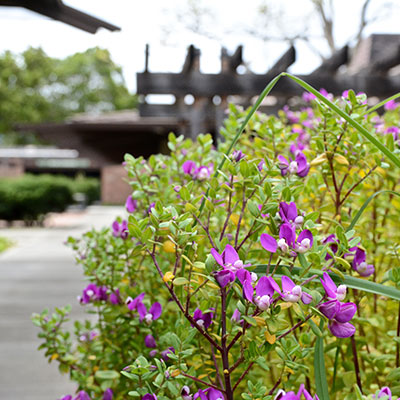
Sustainability Action Plan 2022
Water and Wastewater Programs and Projects
4.8 Water, Wastewater, and Sustainable Landscaping
California is experiencing a historic drought leading to unprecedented wildfires, damage to delta and other ecosystems, and challenges balancing agricultural and urban water use. Water conservation is an essential component of sustainability and should be aggressively pursued by the district. Government agencies have established water use restrictions, but efforts should be made to go beyond these limits. The district should also reduce stormwater pollution by minimizing chemical fertilizers and pesticide use in association with landscaping practices. Regenerative and nature-positive principles should be evaluated to reduce stormwater runoff.
The district should pursue the following strategies to reduce water usage, stormwater runoff and water pollution.

Questions?
We're Here to Help!
Foothill Energy & Sustainability Advisory Committee Members
ceballosjulie@fhda.edu
cormiarobert@fhda.edu
watsonbret@fhda.edu
